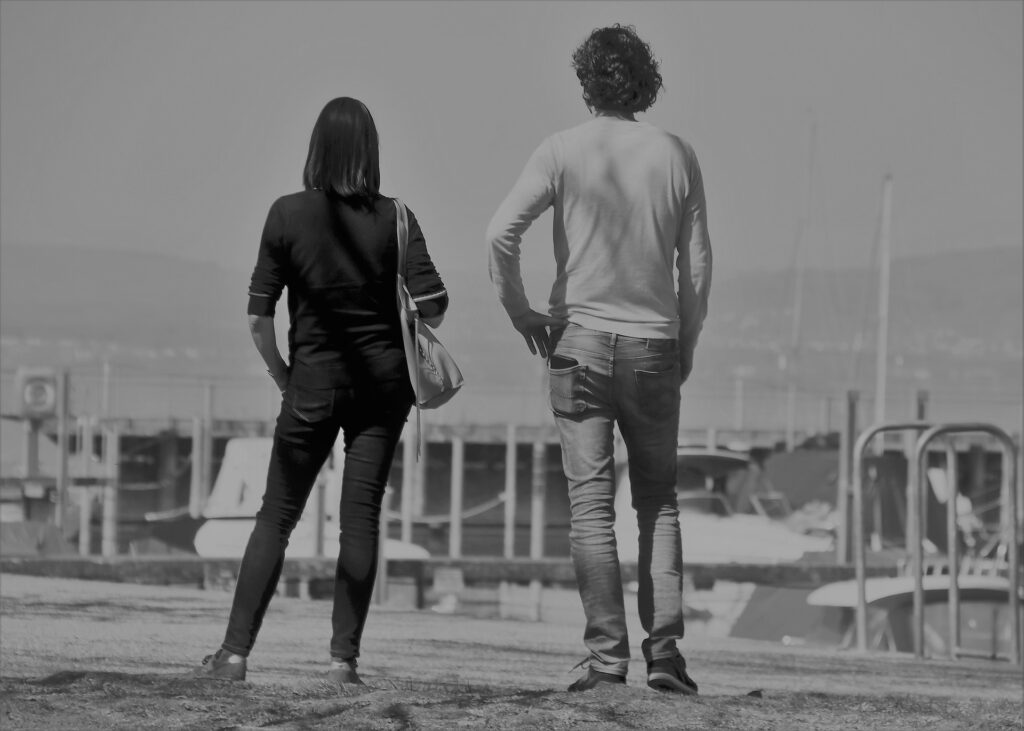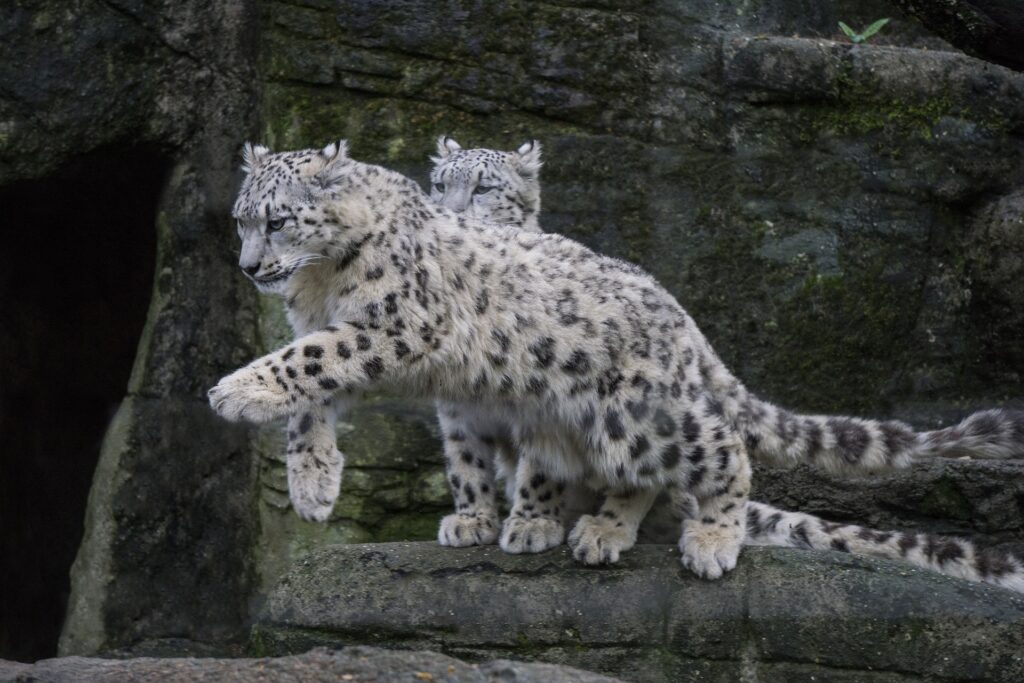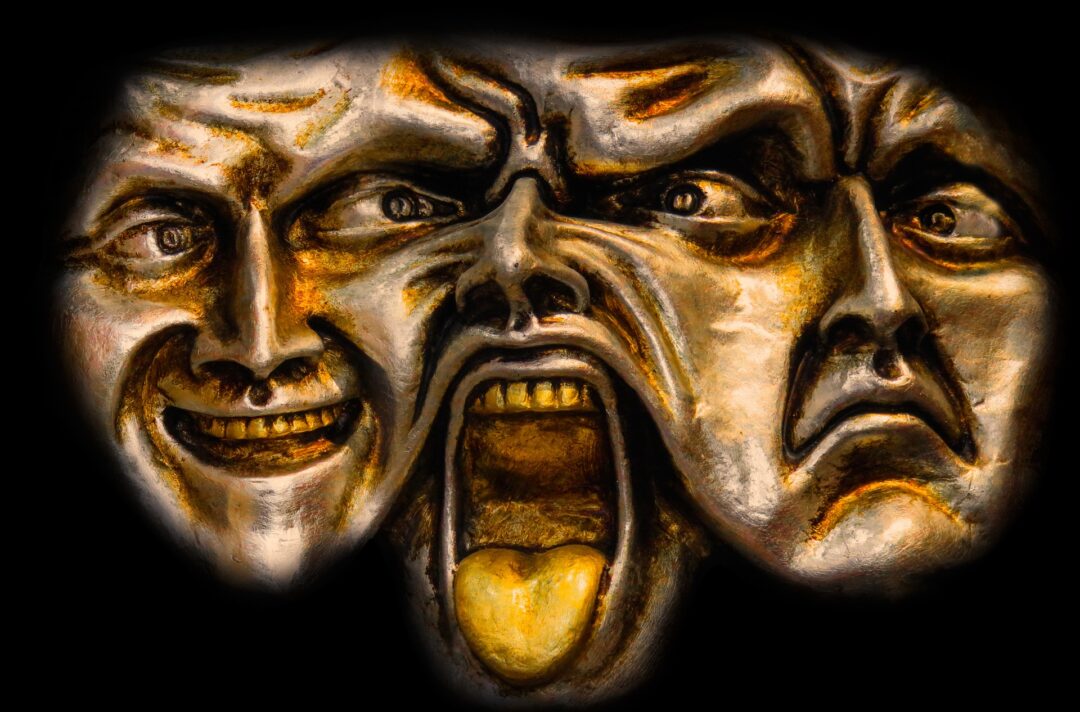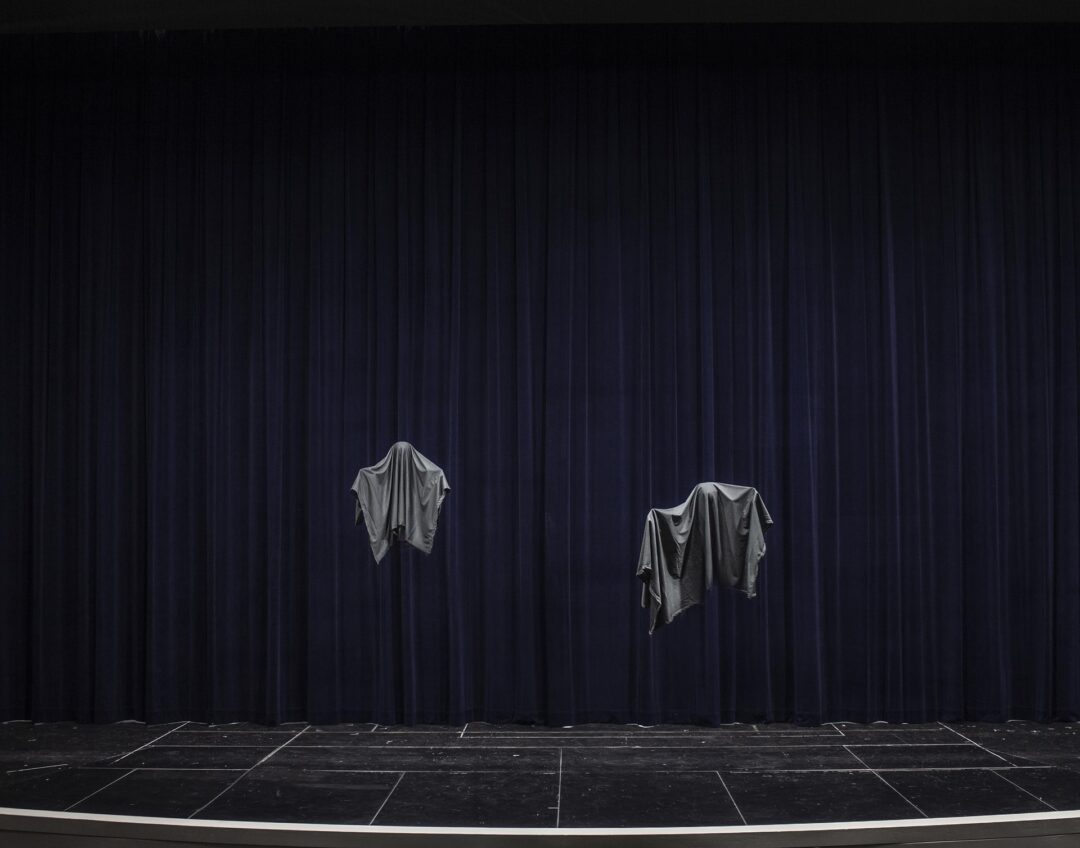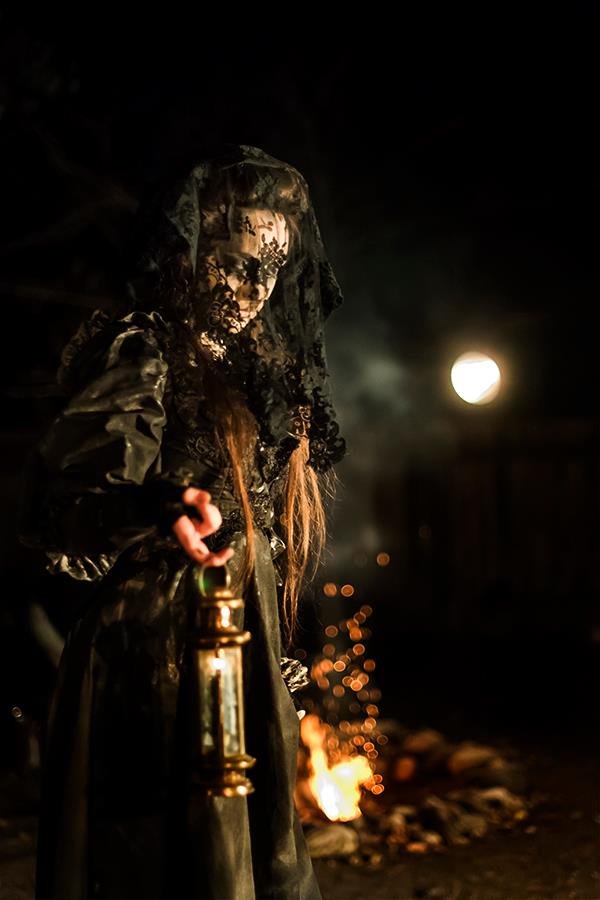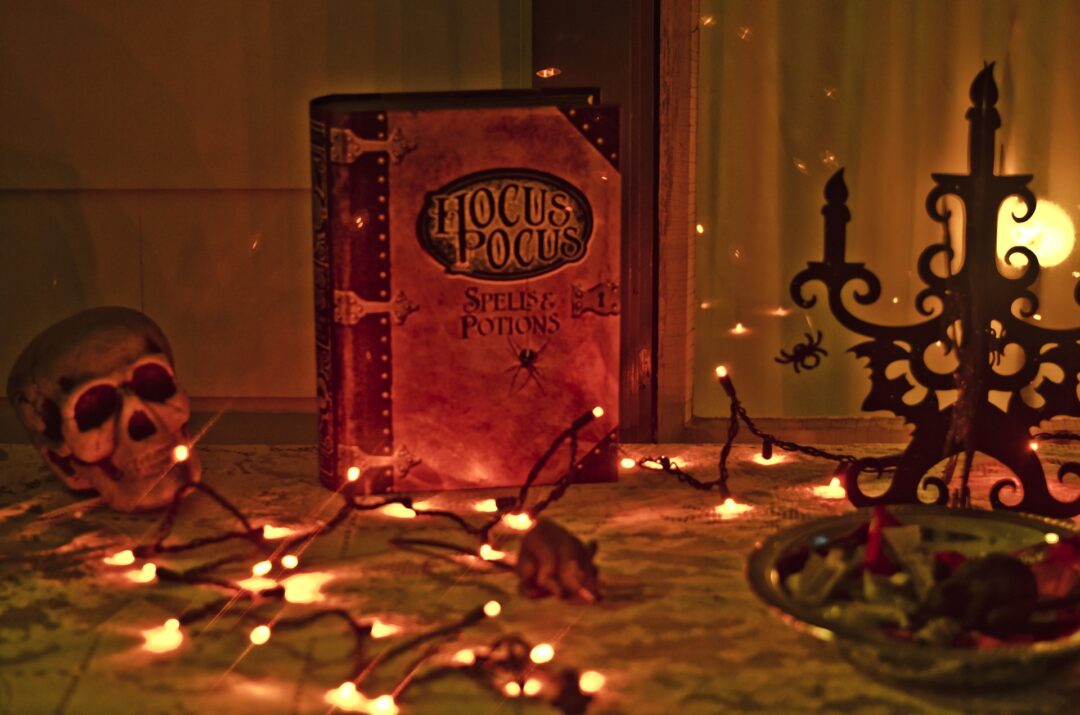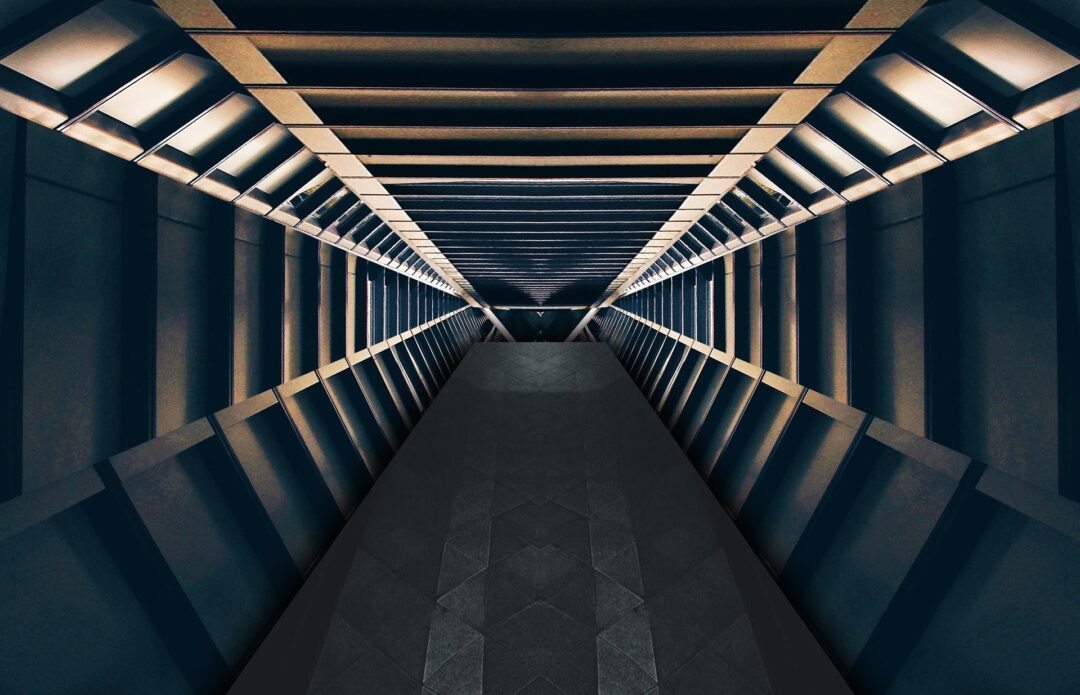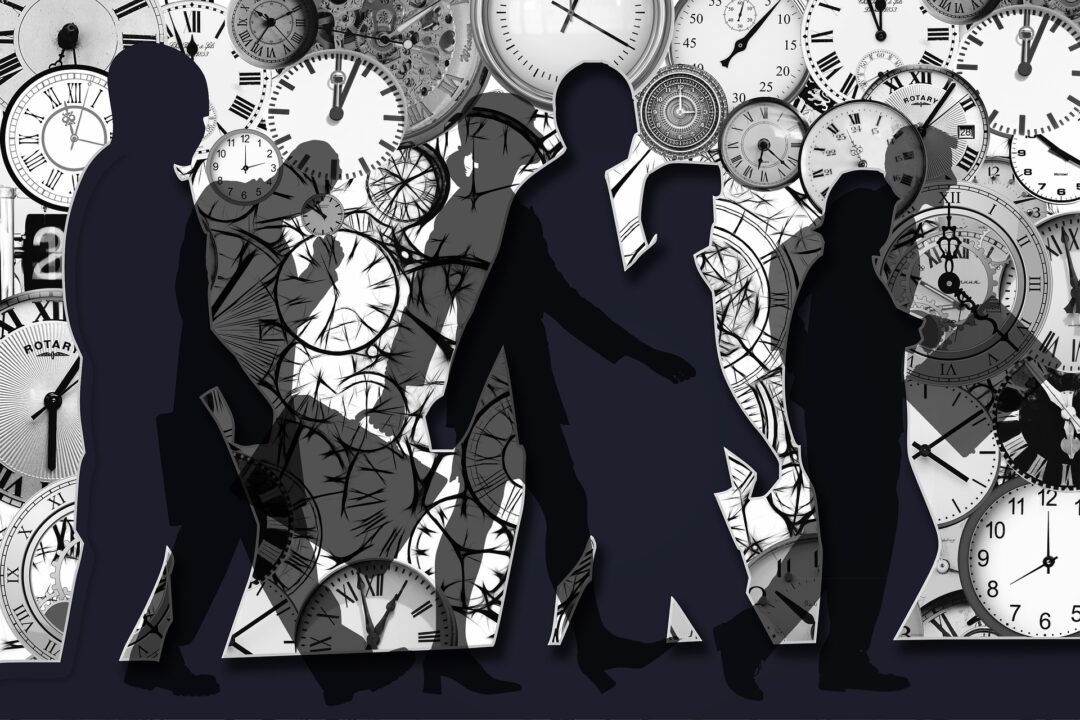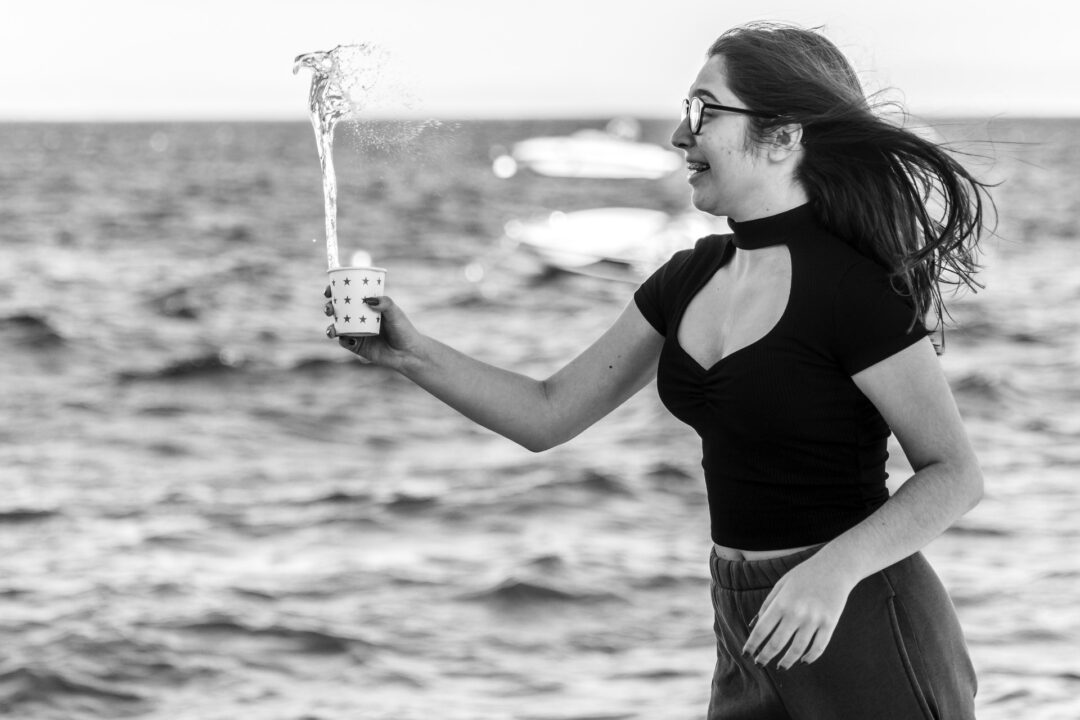While flipping through my movie collection the other day (I didn’t feel like being overwhelmed by the paralysis of choice that is streaming options these days), I stumbled across a film I’d forgotten I owned.
Das Cabinet des Dr. Caligari (The Cabinet of Dr. Caligari).
Ah yes, the ultimate German Expressionism experience.
It’s the story of an evil hypnotist who uses his skills to direct a sleepwalker (or somnambulist) named Cesare to commit murder.
Fun stuff.
Released in 1920, it’s a silent gothic horror film delight.
Now, Expressionism is easily one of my favorite movements in the history of theatre and film.
Especially for character movement work.
The gothic, distorted, exaggerated movements the actors employ to release their emotions through the screen or beyond the stage have always struck a chord with me.
Perhaps because a great deal of the time, we’re taught not to express our emotions in society. That it’s impolite. Don’t be a Drama Queen, right?
And art mirrors society.
So, the balance of portraying a character that works really hard to keep their emotional dams up until the levee breaks is more common these days.
Therefore, Expressionist performances can at first glance seem overly emotional.
But, they simply embrace the extremes. The highs and lows of human emotion.
And, hey, the dark eyeliner is always a plus.
So, what is Expressionism exactly?
Glad you asked.
Expressionist art was a modernist movement originating in the early 20th century in Northern Europe.
The dictionary describes Expressionism as “a theory or practice in art of seeking to depict the subjective emotions and responses that objects and events arouse in the artist.”
To put it simply, it’s art designed to express intense emotions and meanings behind them, rather than focusing on reality.
Think Edvard Munch’s painting The Scream
This is probably my favorite definition of Expressionism relating to the film and theatre world: “It was not that different from Symbolism but with darker lighting, more screaming and way more emotion.”
So, for film and theatre, elements such as scenery, costumes, and makeup were used to distort and exaggerate (often with odd angles and heavy shadows) to deliver these emotions and ideas.
Basically, if you’ve seen anything Tim Burton has ever produced, you’ve seen Expressionism.
Other art forms, specifically in paintings, may include odd shapes and vibrant colors that wouldn’t usually appear.
Such as Rehe Im Walde (Deer in the Woods) by Franz Marc in 1911.
But film and theatre are the focus for this post and what that means for character movement work.
So, let’s take a look at the film.
Now, for me, the best examples of Expressionism in film come from Germany.
German Expressionism in film
The Cabinet of Dr. Caligari, Nosferatu: A Symphony of Horror, and Metropolis are three pinnacle films released during the 1920s in Germany that immediately come to mind when I think of German Expressionism.
Two horror and one sci-fi, these three films include countless incredible character movement performances.
Seriously, I could probably write an entire book about it.
But, this is not a book.
We’re just here to get our feet wet.
To many, this performance style may come across as ridiculous, overly emotional, over the top, chewing the scenery…you get the idea.
And that’s precisely why I think it’s so beautiful.
A quick note: I’ll be referring to some of these performances using Labanotation.
Labanotation is a dance notation system created by Rudolf Laban that is often used by actors to create distinct movement signatures.
If you’re not familiar with the work of Rudolf Laban or Labanotation, check out my intro post to get acquainted with this excellent building-block method for creating physically diverse characters.
Dr. Caligari
As mentioned earlier, The Cabinet of Dr. Caligari is about a hypnotist who uses his skills to influence a sleepwalker to commit murder.
The sleepwalker is a man named Cesare.
The film is available to watch on youtube if you haven’t seen it.
Now, Dr. Caligari and Cesare each have incredibly distinctive ways of moving.
But for me, what’s most impressive is their facial movement work.
The hunched, slow stepping, top hat, and cane bearing Dr. Caligari is always plotting, and you can see it in his eyes. The often slow, at times sudden shifts in his eyebrows, eyes, and lips tell a story.
You can almost hear the gears turning in his mind as he continues his calculating control.
This is, of course, accentuated by his makeup.
Then there’s Cesare’s facial movement work. When he first wakes, it’s definitely ‘how wide you can get your eyes’ goals. Which leaves us with this iconic image.
It’s also simply a beautiful moment of awakening into a new state of conciousness.
Or when he stalks into Janes room, stepping lightly, leading with his toes, one foot in front of the other almost as though he’s walking a tightrope. A methodical hesitancy as he sleepwalks forward, knife drawn.
Lil Dagover’s performance as Jane is a fantastic example of the extremes of Expressionism.
In receiving the news that a friend, Alan, has been murdered, her juxtaposed movements of sustained and sudden are jarring and add to the distorted elements of the film.
Nosferatu
Count Orlok or Nosferatu was based on Bram Stokers Dracula. Also known as “The Bird of Death,” he’s a vampire residing in Transylvania.
Now, the film was never granted the rights to Dracula itself, and it was technically a film that was illegally made.
It’s also available to watch on youtube.
They changed Dracula, Harker, and Mina to Count Orlock, Hutter, and Ellen.
Now, Count Orlok, originally portrayed by Max Schreck, is simply perfect nightmare fuel.
Seriously, his hand work alone is phenomenal. Those long, slow, and steadily closing in to grasp you fingers always send chills down my spine.
If I were to break down Count Orlok’s movement signature, I’d say he was bound, sustained, and direct.
There’s a gravitas to him even though he’s light on his feet. Especially when he’s carrying his coffin around England in the middle of the night. Just casual like…
Though, I have to say one of my favorite movement moments in the entire film is when Hutter discovers Count Orlok’s vampiric secret and collapses in horror on the stairs.
How he then slinks his way quickly up the stairs is a sight to behold. By use of fancy footwork and grasping hands, he manages to crawl up the stairs sideways with his back to the wall.
It appears as though his limbs are the only things moving.
Metropolis
The character movement work in Metropolis is German Expressionism on a grand scale.
Metropolis is a sci-fi drama that premiered in 1927 and focuses on the efforts of Freder, the son of the wealthy master of the city, and Maria, a spokeswoman for the working class.
The goal: to lessen the gap between classes.
It’s a dystopian masterpiece and speaks volumes still today.
You can see it on youtube.
The depiction of humans as machines working within larger industrial machinery is a huge focal point of the film. It’s an image we get a glimpse of right at the beginning.
It’s the shift change between workers at the factory. Their movements are subtle, drone-like, and exhausted.
Even the workers who are just beginning their shift are tired, slowly and mechanically shifting one foot in front of the other in time with the group.
The mechanical, rigid coordination of the workers while they’re at their machines, is incredibly impressive as well.
However, the performance that stands out the most for me is that of Brigitte Helm. She plays Maria, the woman who brings hope to the workers.
Maria is kidnapped by a scientist working for the city master and transfers her image to a robot (also played by Brigitte) to cause chaos among the workers.
The robot’s behavior is the opposite of Maria’s, and it’s a delight to see the transformation Brigitte undergoes to bring us both Marias.
I delve a bit more into her performance here.
Experiencing emotion through story
Most of us, I’d argue, are taught from a young age to stifle our emotions in one way or another. To not take things too seriously. To not be ‘melodramatic.’
Expressionism, from a character movement perspective, is all about exaggerated emotions. But are they really THAT exaggerated?
The arts exist to help us express emotion.
To experience emotion through a story.
And Expressionism, German or otherwise, for me, is a style to not forget.
Now, this is simply scratching the surface of German expressionist film, and I’m in no way an expert in Expressionism.
I didn’t even touch on Expressionism in theatre. That’ll be a post for another day.
Expressionist movement performances, in all of their over-the-top glory (to our societal standards, mind you), create a space for the expression of emotion through motion.
It can be both uncomfortable and cathartic.
Often at the same time.
Which is precisely the point.
I’ll leave you with a quote from the delightful YouTube channel: Cinefix regarding Expressionism: “The goal was to make the inner-outer, to render the invisible visible by throwing it on screen.”
Happy moving!

